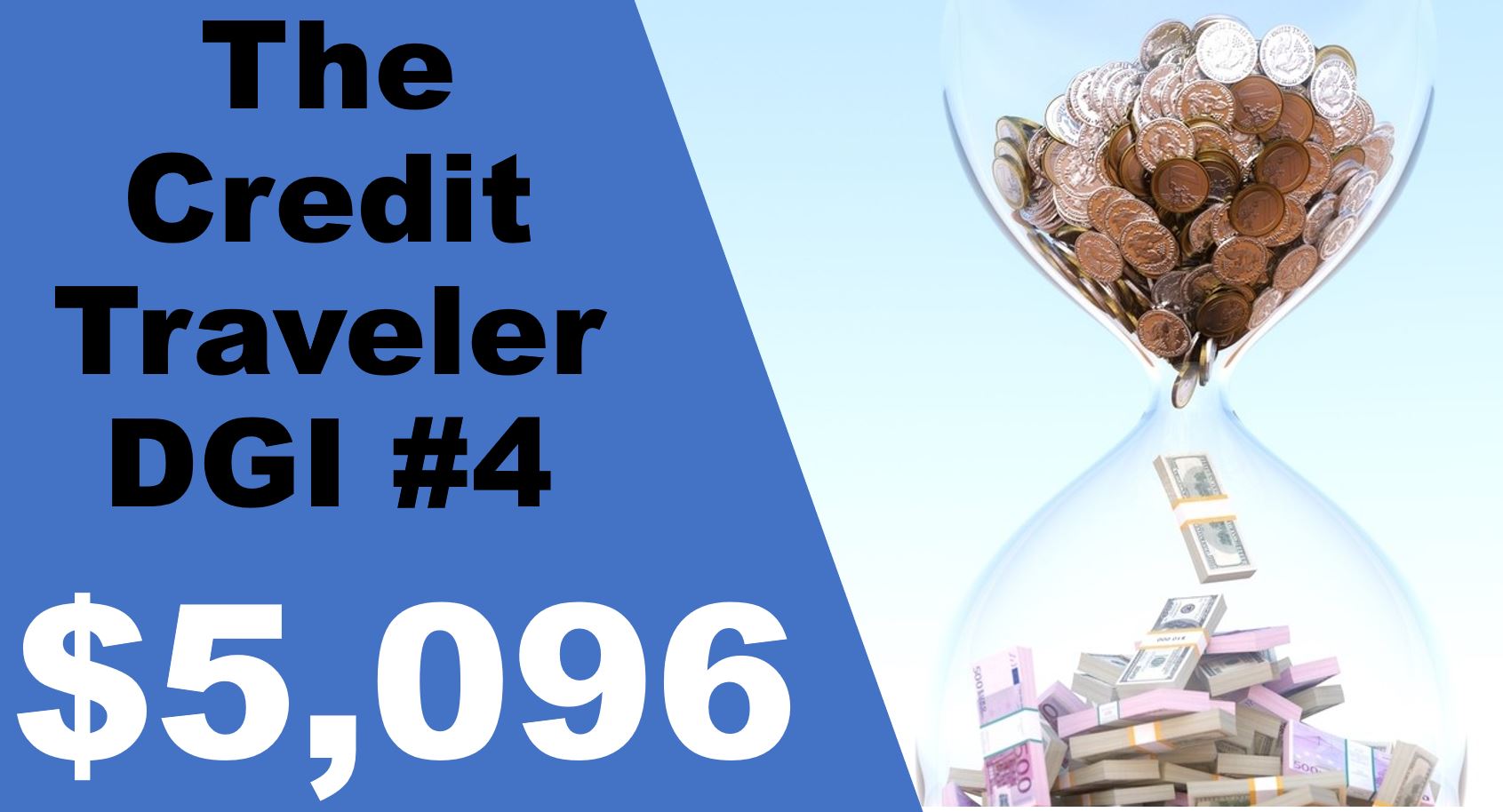I decided to take a week long break from writing so I could focus on other things in life but I hope with this latest addition to the DGI series, I’m able to help shed some light on how Dividend Growth Investing can yield you lifelong tax free growth and returns (in some cases more than your gross 401k payout).
Earlier the better
It’s a mathematical fact the longer you let your money compound, the more it grows exponentially. If you start contributing at the age of 21 and begin withdrawals only after you turn 60, you see 39+ years of compounding.

Assuming the annual contribution limit stays at $6000, the portfolio grows at a meager 5% and you contribute $6000 every year, you will earn $66,500/year onwards once you turn 60.
Now imagine another case where you start investing at the age of 18, assuming the aforementioned factors and start withdrawing at the age of 60:

This shows how starting 3 years earlier will net you an additional $19,435 thanks to the power of compound interest on first (and then subsequent) withdrawal.
Taxes on “retirement income”
The best part about a Roth IRA (learn more here) is that it is “post”-tax contribution. Since you’ve already been taxed on earned income today, you can contribute and see the portfolio grow completely tax free. That means you will get that first payment in full with 0 taxes to be paid to the US govt.
Isn’t that amazing!? Now compare that with your 401k or traditional IRA payout which is “tax-deferred” contribution. When you withdraw those funds, depending on your overall income for that fiscal year, you will be taxes on it. So if you were to withdraw $85,998 from your 401k (hypothetically – assuming 2019 tax rates – future values could/would change), the federal taxes you pay in say Houston, TX would be $19,597.
So should you stop contributing to your 401k and only focus on the Roth IRA? Probably not the best idea. My personal opinion is if possible, max the company match your employer may have (if available) and then try to max out your Roth IRA account as well. If your employer does not offer a match, Try to get as close to the Roth IRA annual contribution limit as possible.
Management: Work involved
The only difference between the 401k and Roth IRA (atleast on grounds of management) is that you have to manage the IRA directly by deciding what goes into it. You can hire licensed financial advisers or brokerages to do the same too if you do not wish to personally manage but a 401k is not directly managed by you.
If you decide to have your Roth IRA professionally managed then there may be costs associated with it. However, if you want to invest on your own, instead of buying individual stocks or trying to determine which is the best (with little research or market knowledge), the best way to go is to find growing high yielding dividend ETFs which track such companies. Why not let hundreds of CEOs and the employees of multiple companies work and earn you that dividend!?
When I started my account with M1 Finance, I was still learning, reading and growing my knowledge. Early on, I created a Concept Roth IRA which you can find here:
It consists of
- SPHD (Ann Div Y: 4.04% – paid monthly) https://seekingalpha.com/symbol/SPHD
- VYM (Ann Div Y: 3.07% – paid quarterly) https://seekingalpha.com/symbol/VYM
- SCHD (Ann Div Y: 2.91% – paid quarterly) https://seekingalpha.com/symbol/SCHD
- VTI (Ann Div Y: 1.84% – paid quarterly) https://seekingalpha.com/symbol/VTI
If you’re interested to learn more about the ETFs you can use the following links from SeekingAlpha (great source for beginners). However if you’re on Charles Schwab, that is a great source too!
My portfolio performance
I made a few changes to the ratios of the pies as well ad made a few additions just to have a little skin in the game. You may see the “Tech” pie in there at 1% – that’s because I hold tech stocks in Robinhood and not in M1 yet. Additionally, the stocks in Tech are currently overvalued in my opinion and buying new stocks of say MSFT or AAPL now is probably not ideal.
The dividends I received this past week were about $5.05 (obviously not that much but I’ve only recently started and am re-investing all earned dividends.

Here is how I look at my goals:
When I started, I wanted to “potentially”
- Cover my monthly YouTube/Spotify bills.
- Next would be to cover gas charges for a month, every month.
- After that, groceries for a month, every month.
- After that, rent for a month, every month.
- And finally a cumulative of all monthly living expenses.
- Anything beyond that is “potential” savings or money I can use for miscellaneous expenses.
If you have such value driven goals instead of just $$ amount goals, you will realize how even small amounts can add up quickly – atleast thats my take.
If you’d like to check out my portfolio, feel free to click the link below:
If you’d like to start investing using the same platform as I am – M1 Finance – feel free to open your free account and fund it to receive $10.


0 comments on “DGI #5: Roth IRA and tax free growth”